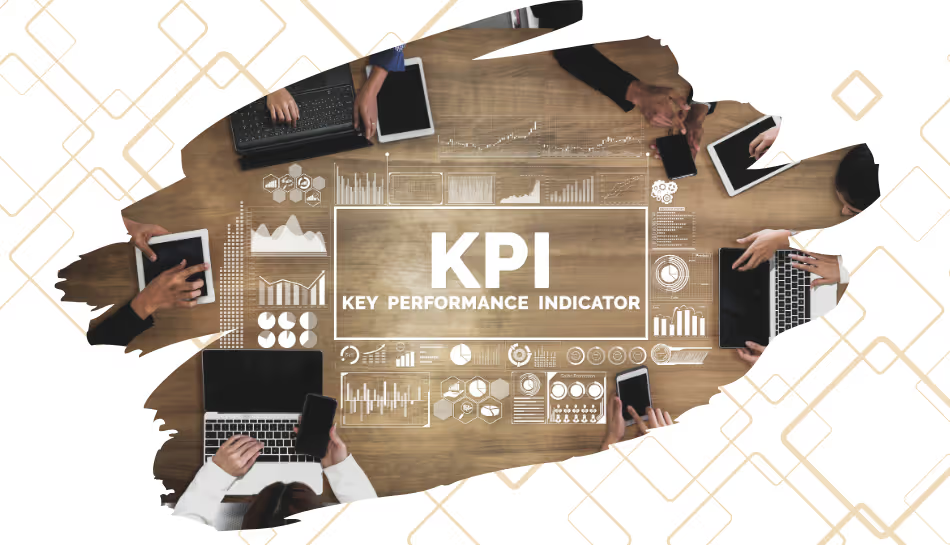One of the most difficult phases when an organization goes for an implementation of a new ERP system is migrating data from the current system to the new one. It is referred to as ERP data migration, and it's usually taken lightly. Lack of proper planning can result in lost records, wrong reports, or delayed go-live. With the correct strategy, however, migration is a breeze and helps ensure that the new ERP system fulfills its potential.
What is Data Migration in ERP?
It's essential to know what is data migration in ERP before discussing best practices. Simply put, it is the data transfer of customer information, vendor data, financial transactions, and inventory data from old systems into the new ERP environment.
As ERP is the cornerstone of business functions, clean and precise data is paramount. In case of migration with incorrect or incomplete information, the ERP system will generate inconsistent outputs, impacting decision-making and overall productivity.
ERP Data Migration Process
The ERP data migration process consists of several stages that need to be properly planned:
- Planning and Assessment – Determine what data must be migrated and what can be archived or eliminated. Not everything from the past is relevant in the new system.
- Data Cleansing – Fix errors, eliminate duplicates, and normalize formats to guarantee accuracy prior to migration.
- Mapping and Transformation – Align legacy data fields to the new ERP format. For instance, a legacy system "Customer Name" field should be mapped with the ERP "Client Name."
- Migration Execution – Shift data in stages, either by using automated programs or scripts, so that it does not cause too much disruption to operations.
- Testing and Validation – Confirm that data has been moved appropriately and works effectively in the new system.
- Go-Live and Monitoring – After validation, the ERP goes live with the migrated data. Monitoring after migration ensures everything runs smoothly.
Every step involves coordination among IT groups, business managers, and ERP consultants to mitigate risks.
Best Practices for ERP Data Migration
To be successful, companies should implement these well-tested best practices:
- Start Early
Data migration cannot wait until the last phase of ERP implementation. Plan in advance to provide sufficient time for cleaning, testing, and tuning. - Incumbent Stakeholders
Finance, sales, HR, and operations each need different data. Having these teams involved ensures the most accurate and pertinent data is migrated. - Prioritize Quality Over Quantity
Migrating unnecessary or historical data merely fills the system. Concentrate on relevant, clean, and active data for a clean slate. - Use Automation Tools
Automation tools minimize human intervention and quicken the process. They also ease data mapping and transformation. - Conduct Multiple Test Runs
Testing ought not be a one-off activity. Test migration to identify errors, refine the process, and gain confidence prior to go-live. - Ensure Compliance and Security
Sensitive information such as financial data or customer data should be migrated securely and in accordance with data protection laws. - Train Users on Data Handling
Although migration has taken place, employees should be aware of how to utilize and manage data properly within the new ERP system. Training avoids inappropriate practices from reintroducing flaws.
Expert Advice for Smooth Migration
Experts suggest that data migration should be dealt with as a distinct project during ERP implementation. Let a specialized migration team handle it, document the whole process, and keep all departments clearly informed. It's also a good idea to engage seasoned ERP consultants who are aware of industry-specific issues.
Another version of expert advice is to follow a phased migration instead of a "big bang." Migrating data module by module, like finance first and then HR, minimizes risks while enabling teams to make adjustments gradually.
Final Thoughts
The ERP data migration process is not merely a matter of moving files; it's about making sure that your business begins with solid and correct information within the new system. With best practices such as early planning, extensive testing, and data cleansing, companies can reduce risks and maximize ERP benefits.
Simply put, effective ERP data migration sets the stage for efficiency, compliance, and better decision-making in the long term.



